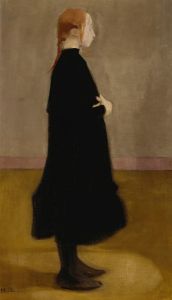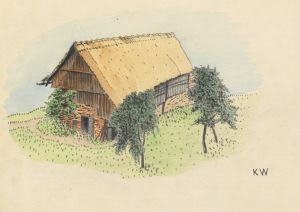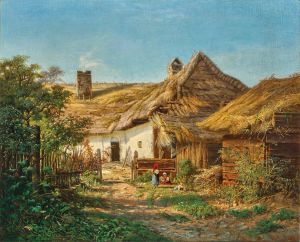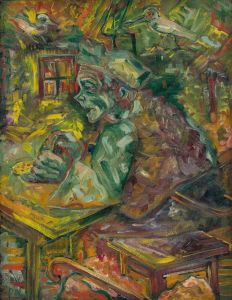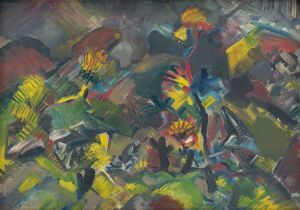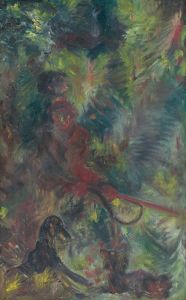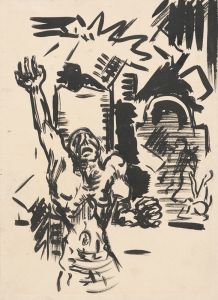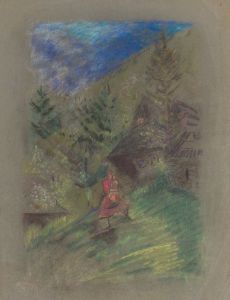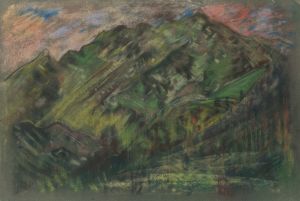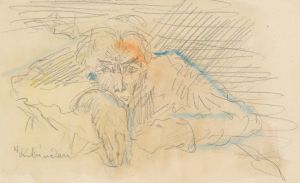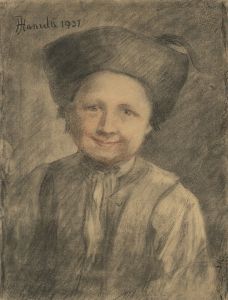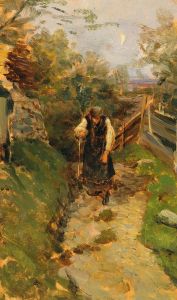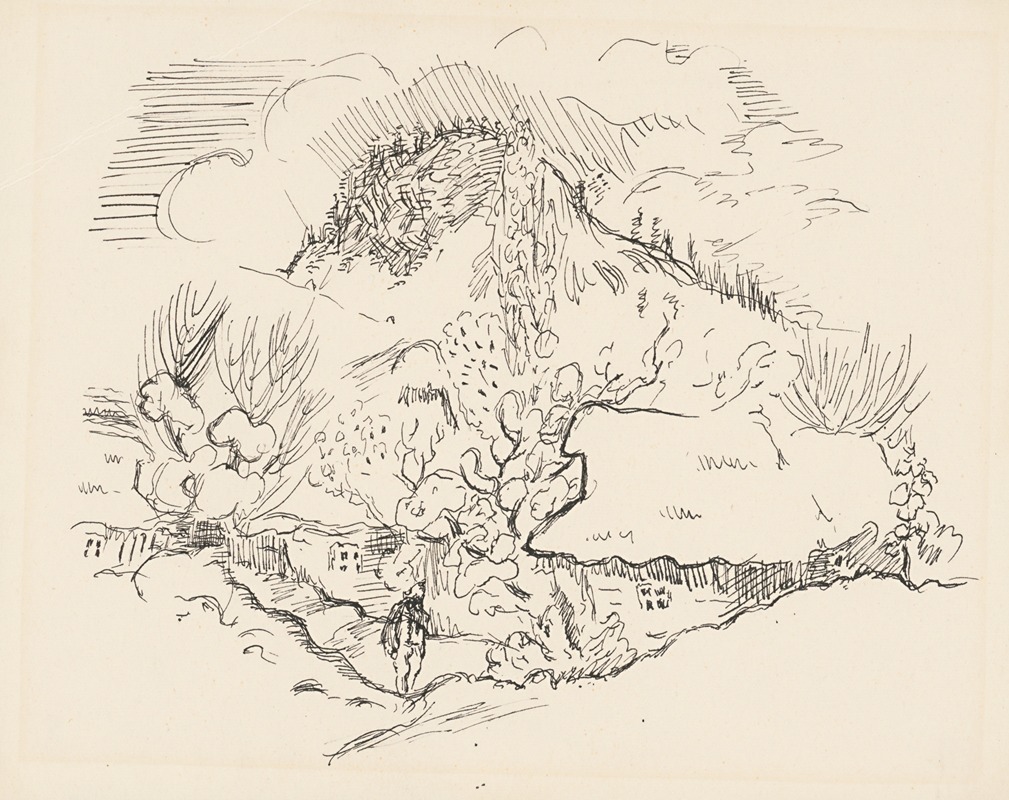
Muž za dedinou
A hand-painted replica of Arnold Peter Weisz-Kubínčan’s masterpiece Muž za dedinou, meticulously crafted by professional artists to capture the true essence of the original. Each piece is created with museum-quality canvas and rare mineral pigments, carefully painted by experienced artists with delicate brushstrokes and rich, layered colors to perfectly recreate the texture of the original artwork. Unlike machine-printed reproductions, this hand-painted version brings the painting to life, infused with the artist’s emotions and skill in every stroke. Whether for personal collection or home decoration, it instantly elevates the artistic atmosphere of any space.
Arnold Peter Weisz-Kubínčan was a Slovak-Jewish painter born in 1898 in Dolný Kubín, Slovakia. He is known for his modernist works that often reflect the cultural and social dynamics of his time. One of his notable paintings is Muž za dedinou (translated as Man Behind the Village). This artwork exemplifies Weisz-Kubínčan's unique style, which blends elements of expressionism, symbolism, and folk art influences.
Muž za dedinou portrays a solitary male figure positioned in a rural setting, likely inspired by the Slovak countryside. The painting reflects the artist's deep connection to his homeland and his interest in exploring themes of human existence, isolation, and the relationship between individuals and their environment. Weisz-Kubínčan often incorporated vibrant colors and dynamic compositions in his works, and this painting is no exception. The use of bold brushstrokes and a vivid palette creates a sense of emotional intensity and movement, characteristic of his artistic approach.
Weisz-Kubínčan's career was tragically cut short due to the Holocaust. As a Jewish artist living in Slovakia during World War II, he faced persecution under the Nazi regime. In 1944, he was deported to a concentration camp, where he was murdered. Much of his work was lost or destroyed during this period, making surviving pieces like Muž za dedinou particularly significant.
Today, Weisz-Kubínčan's art is celebrated for its innovative style and its ability to capture the spirit of Slovak culture and the human condition. His works are preserved in various collections, including the Slovak National Gallery, which has played a key role in ensuring his artistic legacy endures. Muž za dedinou remains an important example of his contribution to modernist art and a poignant reminder of the cultural losses suffered during the Holocaust.





